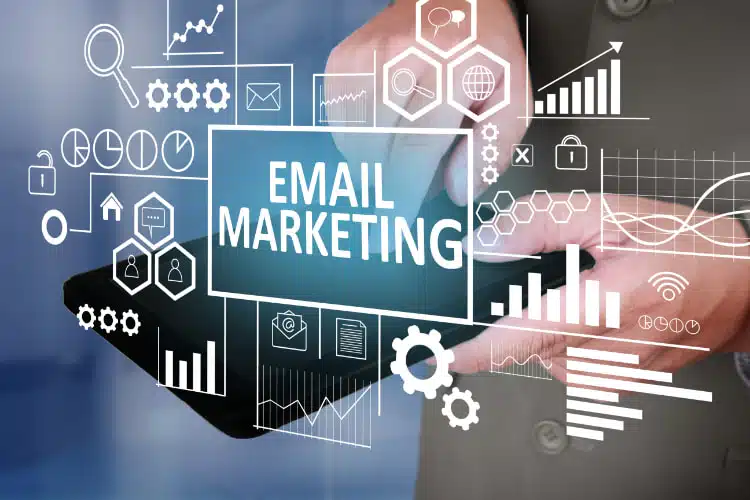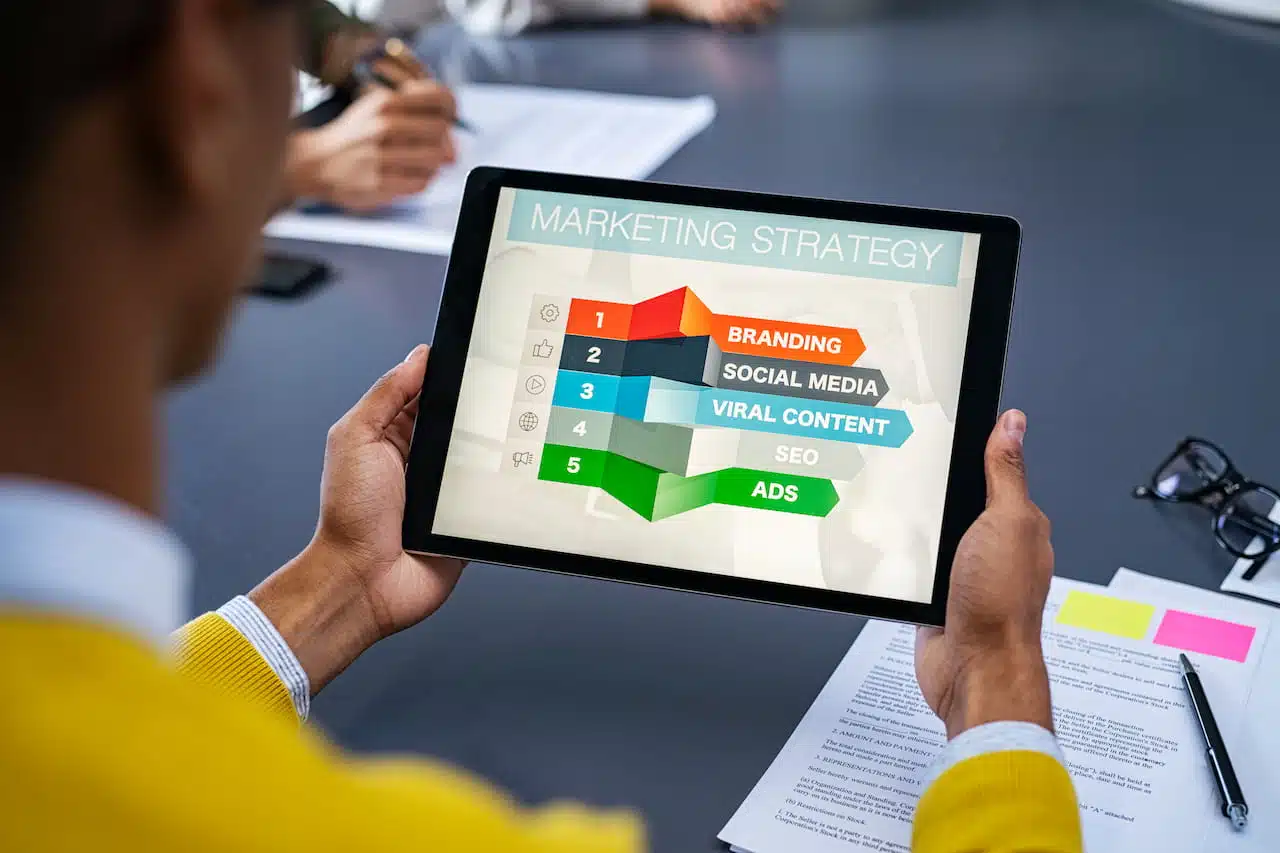If you want to funnel online traffic to your website and boost desired conversion rates among those who visit it, you’ll want to familiarize yourself with the many benefits of A/B testing for your email marketing endeavors. Because it allows you to definitively test two different versions of the same marketing email, A/B testing is a powerful tool when it comes to optimizing those emails. So if you want your marketing emails to produce the desired consumer effects and further progress toward your organizational goals, read on to learn more about A/B testing for email campaigns.
Understanding A/B Testing in Email Marketing
Although it may require the specialized expertise of a professional digital marketing agency to execute, the basic idea behind A/B testing and how it applies to email campaigns is quite straightforward. It begins by simply taking one version of an email and making a single, strategic change to it while taking care not to inadvertently alter anything else.
After making this change, you can objectively evaluate both versions by releasing each in limited runs to one-half of an audience test group. In other words, you can expose half of your test group to an “A” version of the email and the other half to a “B” version of the email. By doing so, you can compare the results achieved by both versions using measurable and relevant consumer engagement metrics such as click-throughs (such as navigating to an official website through an embedded link) or conversions (such as making an eCommerce purchase or signing up for a mailing list).
Marketing Done Right places higher conversion rates at the very top of its list of the top ten benefits of A/B testing. A/B testing also helps organizations identify marketing weak spots, boost user engagement, understand target consumer behavior, and deliver higher levels of customer satisfaction. Because marketers conduct A/B testing on small groups for limited periods, it substantially mitigates the risks associated with making even minor changes to large-scale marketing campaigns.

In terms of emails, A/B testing can focus on factors and elements that include…
- Subject line
- Design/Layout
- Images
- Headline Text
- Closing Text
- Call-to-Action (CTA)
- Links/buttons
- Different Customer Testimonials
- Different Special Offers
You can also use A/B email testing to assess levels of personalization (for example, using the names of the sender or subscriber in the email) and various copywriting approaches (for example, varying email message length or word order).
Setting Clear Objectives
Without a definite destination in mind, you will be unlikely to get where you want to go. In the world of A/B testing, this means clearly defining final goals that are both attainable and measurable. The online environment allows marketers to easily chart progress toward these goals in real-time using any number of digital marketing metrics and key performance indicators (KPIs) such as the aforementioned click-through and conversion rates. Depending on your specific objectives, you may also want to track and analyze KPIs such as the open rate (the percentage of people who opened your email) or the number of spam complaints/unsubscribe requests.

Identifying Variables to Test
With your objectives set, you can begin to look at the potential changes to your existing email that might make those objectives a reality. While considering these changes, you must understand that small differences can have large effects in the world of email marketing. Would more people click through to your official website if your CTA was a bit shorter? You can isolate your CTA as a test variable to answer this question.
Designing A/B Tests for Email Campaigns
With your objectives and variables set, you can set your email campaign A/B test into motion. To get the most out of the testing process, you should engage a test group of potential customers who are likely to purchase your goods and/or services. To ensure that your test results are undoubtedly due to a single variant, you must be sure that your “A” and “B” emails differ in one way and one way only.
Analyzing and Interpreting Results
Marketers commonly use split testing software to analyze and interpret website metric data to determine which email version has proven the most effective.

Implementing Winning Strategies
After identifying the winning variation from your A/B test, you can discuss how to scale that email’s successful component across future marketing campaigns. Both in tests and in full-scale campaigns, it is important to continue gathering data until you see clear results. This requires ongoing cycles of testing and optimization.
Pitfalls to Avoid in A/B Testing Email Campaigns
Beyond choosing objectives and metrics that are vague or irrelevant, marketers can make any number of mistakes while planning, executing, or evaluating an A/B email test. The most common mistakes include choosing an inadequate test group sample size or testing duration, overlooking obvious test group bias, changing test objectives or parameters mid-test, and misreading the data that the A/B test returns.

Hiring a Professional A/B Testing Service
Because A/B testing requires a considerable amount of technical expertise, most organizations partner with a professional A/B testing service for their email marketing efforts. It is frankly foolish to underestimate the importance of experience when it comes to avoiding the common pitfalls of A/B testing. To get the most out of your email campaign, it is important to find a digital marketing agency that specializes in it. Before securing A/B testing services, you should read reviews, ask for demonstrations, and get all the information that you need to make an informed decision.
In Conclusion
Any organization that wants to drive website click-throughs and consumer conversions should take a close look at A/B email testing. If you aren’t employing this valuable tool, you just might be losing out to a competitor that is!
As detailed above, hiring a professional A/B testing service is strongly recommended for any organization that wants to fully optimize its email outreach. The digital marketing leaders at Cleveland, Ohio’s Marketing Done Right (MDR) provide comprehensive A/B testing for email campaigns. For more information about what A/B email testing can do for you and your organization, contact MDR today by filling out a short online request form.